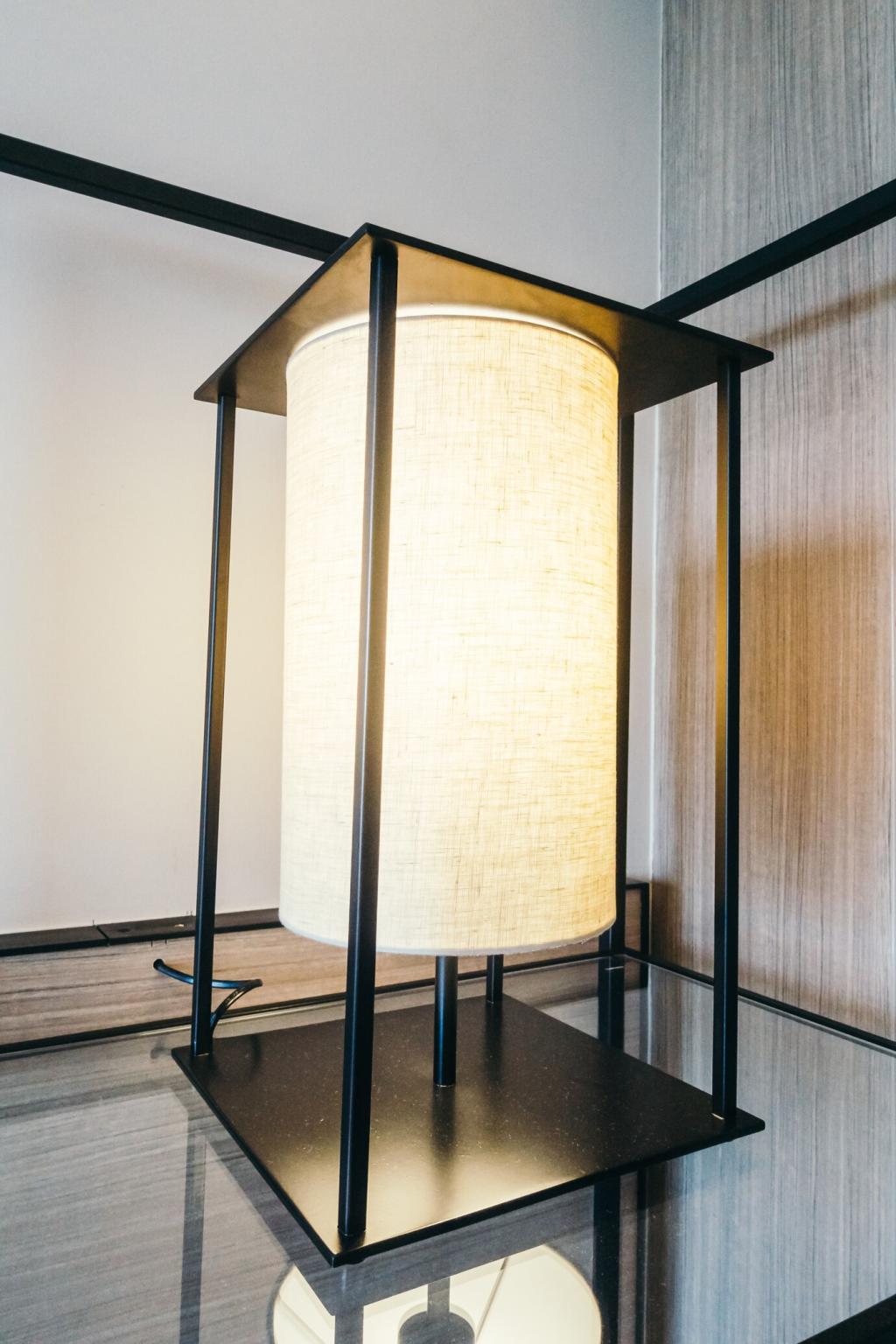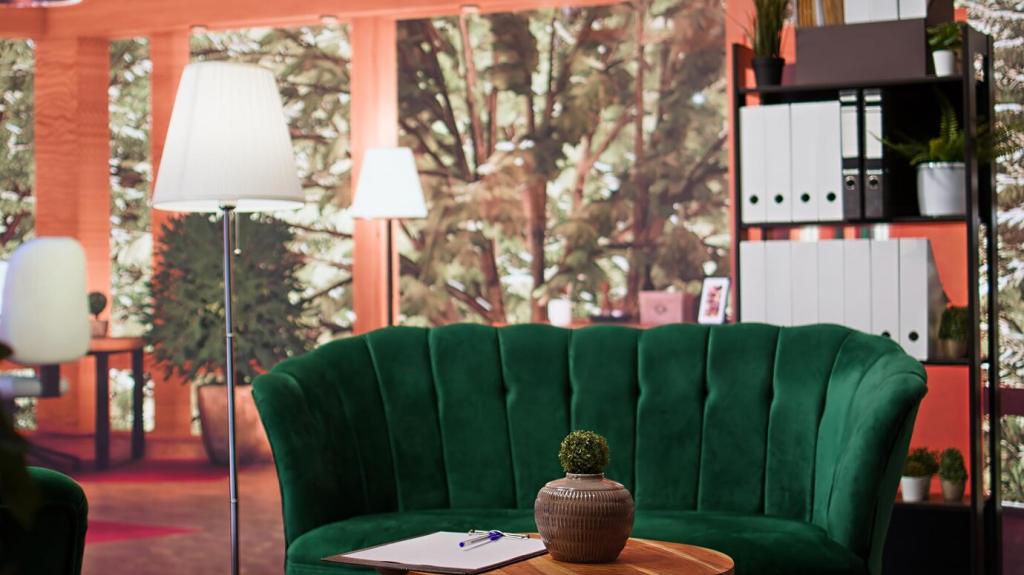Minimalism has become a defining trend in contemporary café design, bringing forward a sense of tranquility, sophistication, and clarity to spaces where people gather over coffee. This approach strips away excess to focus on what truly matters: quality, comfort, and experience. Understanding how to effectively incorporate minimalist style into a coffee shop can turn an ordinary venue into a memorable retreat for customers seeking both great coffee and a visually calming environment.
Foundations of Minimalist Coffee Shop Design
Adopting a minimalist mindset involves embracing the idea that less is often more. It encourages shop owners to thoughtfully curate both visible elements and behind-the-scenes processes to remove the unnecessary and elevate the essential. This might translate into streamlined menus, carefully selected furniture, and a purposeful layout that encourages relaxation. The minimalist mindset is not about deprivation but about clarity and respect for both space and those who use it.

Neutral Color Palettes
Embracing neutral colors is fundamental to minimalist styling. Whites, soft grays, gentle beiges, and muted earth tones dominate the palette, providing a subtle backdrop that underscores the shop’s main features without stealing attention. These shades reflect natural light and expand the sense of space even in smaller shops. The limited color scheme fosters visual coherence, helping customers relax by reducing sensory overload while allowing branded elements like coffee cups or menus to stand out.
Harnessing Natural Light
Lighting in minimalist coffee shops goes beyond mere functionality—it shapes the overall mood. Large, unobstructed windows, skylights, or glass doors pull daylight deep into the interior, dissolving barriers between inside and out. This focus on maximizing natural light transforms the café into a refreshing oasis, enhancing both the perception of space and the appearance of furnishings. Where daylight is limited, well-placed artificial lights with soft, diffused glows mimic natural radiance, sustaining the desired ambiance throughout the day.
Creating an Inviting Atmosphere
Although minimalist spaces are uncluttered by design, they should not feel cold or impersonal. Thoughtful placement of comfortable seating, the use of warm-toned wood accents, and subtle greenery contribute to a welcoming environment. Combined with attentive yet unobtrusive service, these touches ensure patrons linger—not just for the coffee, but for the ambience that subtly soothes and inspires. The minimalist coffee shop becomes more than a venue for beverages; it is a destination for calm.
Furniture and Layout Efficiency
Streamlined Furniture Choices
In the minimalist café, every chair, stool, and table serves both a practical and an aesthetic function. Furniture is selected for its simple lines, understated form, and ergonomic qualities, often featuring clean geometries and neutral finishes. Such pieces contribute to a unified look that puts the focus on the overall space rather than distracting details. The visual simplicity of streamlined furniture also makes cleaning and maintenance easier, keeping the environment fresh and orderly.
Flexible Seating Arrangements
Maximizing interior flexibility means arranging furnishings that adapt to different group sizes and activities. Small movable tables can be easily configured for single patrons or larger groups, while benches and stools allow efficient use of linear space along walls or windows. Layouts are designed to avoid congestion, preserving wide walkways and allowing natural customer flow throughout the day. This flexibility ensures that every visitor finds comfort, whether they are stopping by for a quick espresso or settling in for a meeting.
Thoughtful Zones and Flow
A successful minimalist design considers how guests move within the space by creating logical zones—areas for ordering, sitting, working, or conversing. These zones are defined not with partitions but with subtle cues like changes in flooring, lighting, or the orientation of furniture. Efficient pathways minimize crowding at busy times and provide clear visual sightlines, making the experience intuitive from entry to exit. The result is a coffee shop that feels organized yet open, guiding customers naturally through their visit.

